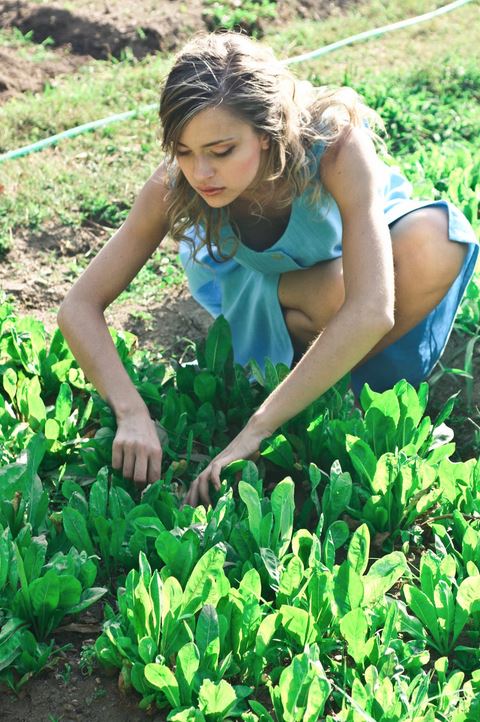At a time when most food is purchased from supermarkets and restaurants, gardening offers people an easy and enjoyable way to engage in self-sufficiency. To really achieve this, though, it’s important to get around the need to use outside materials and resources for your garden. Here are four steps you can take to make your home garden truly self-sufficient.

Make Your Own Compost
Making your garden capable of operating without extra resources starts with making your own compost. By turning table scraps, coffee grounds, egg shells, and other organic material into compost, you can save yourself the trouble and expense of buying fertilizer elsewhere. Composting is also a great way to turn leaves and grass clippings into a useful resource.
Start Saving Seeds
If you want your garden to be fully self-sufficient, you’ll need to become the source of your own seeds. Of course, you’ll need to buy seeds to start, but you can then begin saving seeds from your crops each year to use in future seasons. As long as you’re okay with having similar crops from year to year, you should be able to run your garden on saved seeds almost indefinitely.
Become Water-independent
While it may seem like a minor matter, the need for city water is still an external resource that prevents your garden from being completely self-sufficient. By using rain water collection systems or residential water well pumps, gardeners can put their crops entirely on a self-sufficient water supply. This means that you’ll have ample water for your plants, no matter what.
Make Arrangements for Food Storage
Once you’ve gone to all the trouble of making your garden self-sufficient, it’s important that you carry the same concept over to your household by making sure that nothing you grow goes to waste. Make sure you’re well-equipped with freezer space, canning supplies, and anything else you need to store the produce you grow. By doing this, you can have access to a consistent supply of your own vegetables throughout even the coldest months of the year.
By taking these four steps, you can take your garden off the grid and make it completely self-sufficient. Keep in mind that putting all of this in place may take you a couple of growing seasons, so there’s nothing wrong with continuing to rely on external inputs while you make the transition. Once you’re set up for self-sufficient gardening, you’ll be able to keep going without the need to constantly bring in new resources.